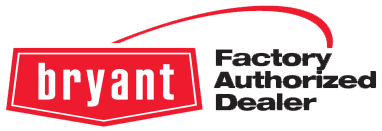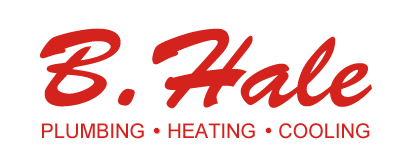Heating 101
Many homeowners mistakingly refer to their heating system as a ‘furnace’, when it might be a ‘boiler’.
A furnace heats and then pushes forced hot air through a series of air ducts throughout the home with strategically placed supply and return vents.
Whereas a boiler circulates either steam (older, inefficient) or hot water (hydronic, highly efficient) through warming baseboards, radiators and/or radiant tubing in floors or ceilings.
ALL Laars Heating Systems are modern hot water gas-fired boilers (boilers, water heaters, pool heaters). And all are Natural gas or propane.

The basics to modern gas hydronic systems.
The gas enters a burner and is then ignited and efficiently transfers the heat through water tubes in the heat exchanger. The heated water on the other side of the heat exchanger is then delivered to baseboards, radiators or in-floor heating tubes throughout your home. Water passes through these heater emitters and returns to the boiler in one of multiple circuits (zones).
Hot water from the boiler can also be directed to an indirect water heater to supply your home with hot water, to a snow melting system, or even be used to heat a pool.
Wall Mounted Boilers are a space-saving heating system that has become popular over the last decade because of its high efficiency. Wall mounted boilers like the Mascot LX and Mascot FT, provides hot water to baseboards, radiators or radiant tubing and have the smallest footprint possible.
Combination or Combi Heating Systems are both central heating and domestic hot water in one device. The Mascot LX and Mascot FT are available as combination units, so they can provide all your heating needs without taking up any floor space in your basement at all!
Traditional Boiler and Indirect Tank. Just as it sounds, this type of heating system has a traditional boiler that supplies hot water to a storage tank for domestic hot water use.
Expanded System. This systems builds upon the traditional home heating to add conveniences such as pool heating and/or driveway heating.
Boiler System Technology. You can run a hydronic heating system from standard wall thermotsats or configure into a wireless control system that communicates to your smart phone or anywhere in between. Whether you want to set it and forget it from a wall mounted thermostat or control your home’s temperature level when you travel, a hydronic heating system can work with all these technologies.
Today’s boilers also have advanced programming and accessories included, that optimize their operation and minimize your heating bill. One such technology is outdoor reset. It adjusts the boiler temperature that heats your home based on the temperature outside. This technology makes sure the system delivers exactly the right amount of heat to match the heat being lost out of the walls and roof. So you and your family feel an even heat that levels off as room temperature swings.
Boiler vs. Furnace
There are many advantages to heating your home using a boiler system, whether it is for a new home or as a replacement heating system.
- Heat is evenly distributed in a room: no drafts or hot and cold spots as with forced air.
- Minimal movement of allergens and dust particles.
- Space Saver: no bulky ductwork resulting in reduced square footage in your home.
- Heating zones allow you to customize the heating level per room.
- Have warm feet through in-floor radiant heating.
- Your boiler can be used for snow melting or as a pool heating system as well!
Understanding High-Efficiency
What does it mean to have a high efficiency boiler? Boiler efficiency is measured by the amount of fuel that’s converted to energy or as the Federal Trade Commission calls its, annual fuel utilization efficiency or AFUE. It’s a ratio of how much heat a boiler puts out versus how much fossil fuel is consumed. For a system like the Mascot LX with a 95% AFUE rating, 95% of the fuel consumed is converted to heat.
High-efficiency boilers tend to have
- Condensing flue gases in a second heat exchanger for extra efficiency
- Sealed combustion
- 90% to 98% AFUE.


